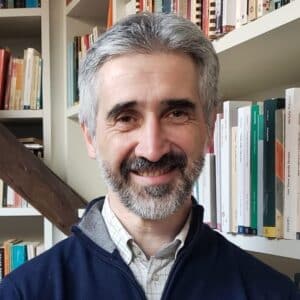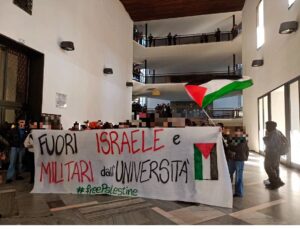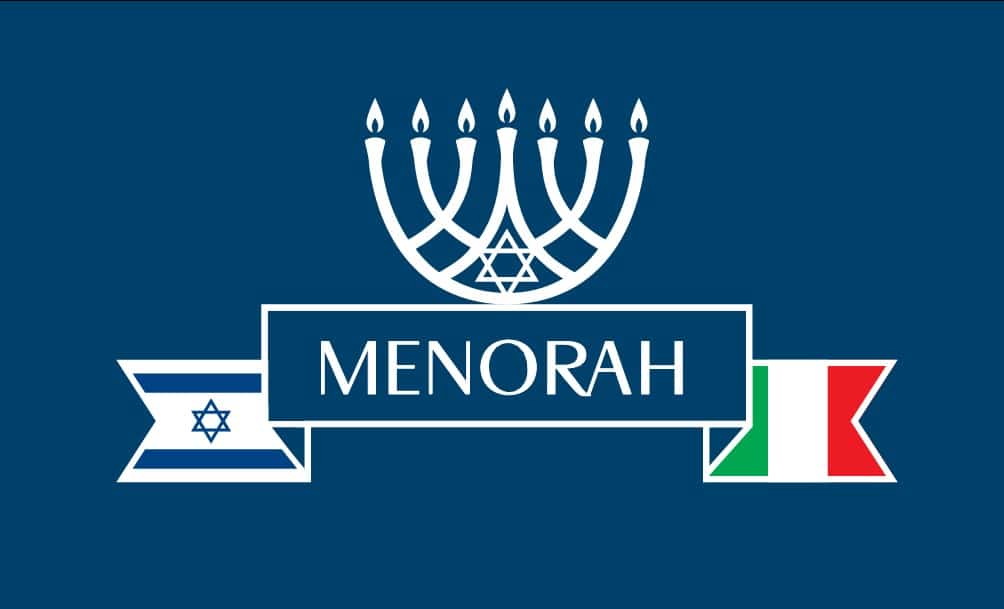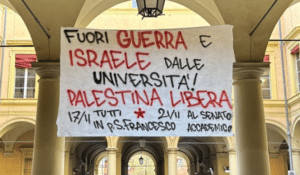Italian university students and prejudice against Jews: where do we stand?
Recent research by the Cattaneo Institute highlights how anti-Semitic prejudice has strengthened among university students since October 7, with differences depending on political orientation: right-wing and left-wing anti-Semitism, in short, rest on different prejudices
Professor Colombo, the Cattaneo Institute recently published research on anti-Jewish prejudice among university students enrolled in three universities in northern Italy. When was the study conducted, and why was such a need felt?

This is a survey originally created not only on anti-Semitism, but on the values and attitudes of university students at universities in Northern Italy toward minorities, such as also Muslims, immigrants and others. The survey began on September 29, with interviews conducted mediated through web-based questionnaires, among students at three major universities in the North – Milan-Bicocca, Padua and Bologna – in their first years, thus aged between 19 and 20. Obviously, after the events of October 7, with about a thousand interviews already collected, we considered that in the face of such an exceptional situation it was necessary to focus on the study of anti-Jewish prejudice. We thus continued the survey until October 31, dividing the period immediately following the Hamas attack (October 7) to the date on which the attack on the Gaza hospital, later proven wrong (October 17) had been attributed to Israel, to close precisely on October 31. We thus collected about 2,600 questionnaires useful for our research.
The research shows that three types of prejudice emerge among the students: that of “Conspiracy” (dating back to the forgery of the Protocols of the Zion Sages); that of “dual loyalty” (as occurred in the Dreyfuss affair); and that of “denialism” (whereby Israel exploits the Shoah to hold Nazi behavior toward the Palestinians).
I would like to point out that we did not categorize prejudice a priori into these categories, but it is what we found ourselves recording, if anything, in retrospect, as revealed by the interviewees’ tendencies. And so, for example, students who tend to accept the idea that Jews control the mass media then also tend to accept the idea of financial control, both biases to be traced to the first category. It thus turned out that in the students’ beliefs there are those three categories, plus a fourth, which sees them making positive judgments about the Jewish contribution to modern culture and science instead.
How should the fact that the last type of prejudice is the largest be interpreted?
Prejudices of the first two types are often so discredited and the result of social disapproval that it is difficult to state them. This was seen in the days following October 7, because we saw a decline in their credibility, albeit partial. Instead, the claims that can be traced to the third set, the denialist one that accuses Israel of being like Nazi Germany toward the Palestinians, is a more recent prejudice, arising after 1967 and then asserting itself after 1982, with the war in Lebanon, and one that has become very widespread on the left, though not alone. So I would say that it is its relative newness that makes it more widespread than the previous two. Moreover, this prejudice is not subject to strong social disapproval, because unlike the other two it spread after World War II, that is, after the Shoah.
If we cross-reference the table of prejudice with political orientations, what emerges?
If we look at classical anti-Semitism, the kind expressed in the first two categories, negative attitudes toward Jews continue to be widespread among those who are between the extreme right and the center right: here the differences are very strong compared to voters on the left, because the ratio between right and left is as high as 7 to 1. For example, among those on the right about half think that Jews are more loyal to Israel than to their own country or think that they are not Italian all the way. In contrast, the third group of biases, judging Israel as such as a country that behaves with Palestinians as Nazi Germany behaved with Jews, sees a higher share of the more extreme positions present, although with a prevalence of the extreme left.
In your opinion, how do these results depend on political orientation?
We know that the university population is generally more left-leaning than the rest of the population and more so than their non-university peers. It is thus possible that in the general population the share of bias of the third type is lower, because, at least today, the majority of the population is less left-wing. However, some data compiled by the Europe Union Agency for Human Rights program in 2012 and 2018 showed that the share of Italians who consider Israel similar to a Nazi state is 60 percent.I would therefore say that this is a rather widespread idea, although more on the left. It should be added, however, that on the right there remains a very strong presence of the other two dimensions of anti-Semitism, in even greater proportion than is present in the ruling classes of the relevant parties.

How much did the Oct. 7 attack by Hamas, and Israel’s first military response, affect the strongest prejudice, the third type (idea of Israel-Nazi state)?
The data show us one of the most relevant elements of the research. The events after October 7 generated two different effects. The first concerns the first two categories of prejudice, and here there is, between October 9 and 11, a decline, albeit slight (which is partly absorbed after October 17). In contrast, in the third group of prejudices, the one about Israel resembling a Nazi state, instead we recorded a change in this direction: there was an increase in adherence to this idea, just in the days immediately following the Hamas attack.That is, this growth did not occur after the Israeli response, and perhaps sounds like it was a justification for Hamas’s action, with the share of those who consider Israel a Nazi state rising from 42% to 46%; an increase that can be completely attributed to the very rapid growth that has occurred among students who place themselves on the left (rising from 46% to 63%).
Is the level of culture a valid antidote to prejudice? And if so, how effective is it?
We were actually quite surprised by this result, namely, that educational achievement as measured by the grade taken in high school graduation, as well as the number of books read in a year, has a non-negligible correlation in decreasing prejudice against Israel and Jews. Of course, prejudice is also present among high school graduates with high grades, but if we focus on percentage changes, then it becomes clear how cultural preparation has a strong effect.
So, does culture lower prejudice?
It probably reduces the willingness to accept pre-packaged and simplifying ideologies, and pushes one to see reality with less Manichean schemes and in more complex terms. This relationship is there and it has non-negligible dimensions, and it prompts us to think that a greater focus on the importance of study can reduce prejudice, although it is certainly not a solving factor.
Soon we will again celebrate January 27, Memorial Day. Even in light of the research, can we say that the work on memory preservation has not served, or has been done poorly?
Unfortunately, we don’t have good time series to understand whether before and after the year 2000 [when Remembrance Day was established, ed.] prejudice changed; however, from what emerges from some international surveys, it seems that January 27 did not have much of an effect.
How come?
My impression is that there is a problematic version of Memorial Day. I mean that it is experienced on an emotional level, in which the Jew is seen as a victim, and in which an attempt is made to instill in the citizens a memory that is enough on sentimental aspects and little on historical aspects. That is, great importance is given to the emotional aspect and less to knowledge of the facts. Which instead our investigation shows to be a very relevant issue. Reading The Diary of Anne Frank certainly moves to compassion, but it does not teach much about the events of that time and those that followed.
More generally, how much knowledge do today’s students have about historical facts?
The research could not detect this; however, there is one obvious element, that this generation has less opportunity to be in contact with witnesses of the past. If we add that little history is studied in school, and not well, it is clear that the past remains in the background, and everything is very much squashed on the present. We have proof of this with the use of terms, such as “genocide,” “Nazism,” “apartheid,” used without historical knowledge, but in an abstract and evocative way.
How do you view the manifesto signed by some 4,000 Italian university professors basically calling for a boycott of Israeli universities?
That text was produced by the very University of Bologna where I teach; it was later joined by another, national. Both contain expressions that in language are very close to the framework of our research; the national one even contains twice the reference to “75 years of Israeli occupation,” thus questioning Israel’s very right to exist. Personally, it strikes me that the document – although signed by a relatively not very large number of faculty, many of whom do not even belong to the tenured staff – for the most part comes from fields of humanities and social sciences, where the use of concepts such as apartheid and genocide should be as accurate as possible. This is striking, because it shows how part of the faculty is heavily influenced by a simplified view between oppressed and oppressors, which sees Israel, but perhaps Jews, among the latter.




